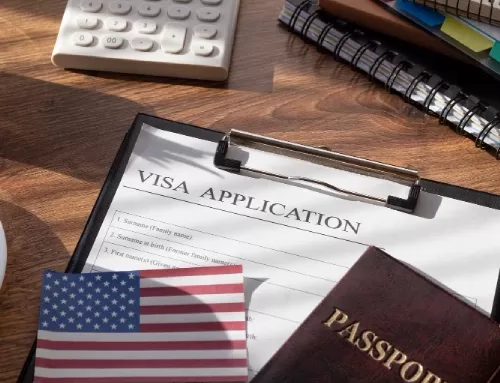Trends, Implications, and Future Directions
Over the past few years, the landscape of U.S. immigration law has undergone significant shifts driven by changes in political leadership, court rulings, and societal dynamics. These shifts have sparked debates, shaped policies, and impacted the lives of millions of immigrants and their families. Please continue reading to dive into the key trends in U.S. immigration law, analyze their implications, and explore potential future directions.
1. Historical Context:
To understand the current state of U.S. immigration law, it’s crucial to consider its historical context. The United States has a long and complex immigration history, shaped by waves of newcomers seeking opportunity, refuge, and a better life. Over time, immigration policies have evolved, reflecting economic needs, security concerns, and societal attitudes.
2. Recent Policy Changes:
In recent years, the U.S. has witnessed significant policy changes affecting immigration. From executive orders to legislative proposals, the Trump administration ushered in a series of measures aimed at tightening immigration controls, such as the travel bans targeting predominantly Muslim countries, the “zero-tolerance” policy resulting in family separations at the border, and efforts to restrict legal immigration through changes to visa programs and refugee admissions.
However, the Biden administration has signaled a departure from many of these policies, emphasizing a more compassionate and inclusive approach to immigration. Executive actions have been taken to reverse some of the previous administration’s most controversial policies, including ending the “Remain in Mexico” program, reinstating Deferred Action for Childhood Arrivals (DACA), and halting construction of the border wall.
3. Implications for Immigrants:
The shifts in immigration law have had profound implications for immigrants living in the U.S. and those seeking to come to the country. The uncertainty surrounding policy changes has created fear and anxiety within immigrant communities, leading to increased deportations, family separations, and heightened enforcement measures.
For DACA recipients, the back-and-forth changes in policy have created a sense of instability and uncertainty about their future in the U.S. Similarly; asylum seekers have faced numerous hurdles and challenges, including prolonged detention, restricted access to the asylum process, and the threat of deportation to dangerous conditions in their home countries.
4. Legal Challenges and Court Rulings:
Many changes to immigration policies have been met with legal challenges, resulting in numerous court rulings that have implemented and enforced such policies. Courts have often served to check executive power, striking down unconstitutional measures or violating federal law.
For example, the Supreme Court’s rulings on DACA and travel bans have had far-reaching implications for immigrants’ rights and the executive branch’s authority to set immigration policy. These legal battles have underscored the judiciary’s importance in safeguarding immigrants’ rights and upholding the rule of law.
5. Future Directions:
Looking ahead, the future of U.S. immigration law remains uncertain, shaped by political dynamics, demographic changes, and evolving societal attitudes. The current administration has stated its commitment to immigration reform, including providing avenues to citizenship for undocumented immigrants, reforms to the legal immigration system, and investments in border security and enforcement measures.
However, achieving meaningful reform will require bipartisan cooperation, consensus-building in Congress, and engagement with stakeholders across the political spectrum. The challenges are daunting, but the stakes are high, as the outcome will shape the future of immigration policy and the lives of millions of immigrants and their families.
Rivera Law can assist you and your immigration needs!
Additionally, the shifts in U.S. immigration law reflect a complex interplay of political, legal, and social forces. From the Trump administration’s restrictive policies to the Biden administration’s more inclusive approach, the trajectory of immigration policy has profound implications for immigrants, communities, and the nation. As debates continue and policies evolve, it’s essential to remain vigilant, informed, and engaged in shaping the future of immigration law in the United States. If you have questions regarding your immigration process, please get in touch with us today.







Leave A Comment
You must be logged in to post a comment.